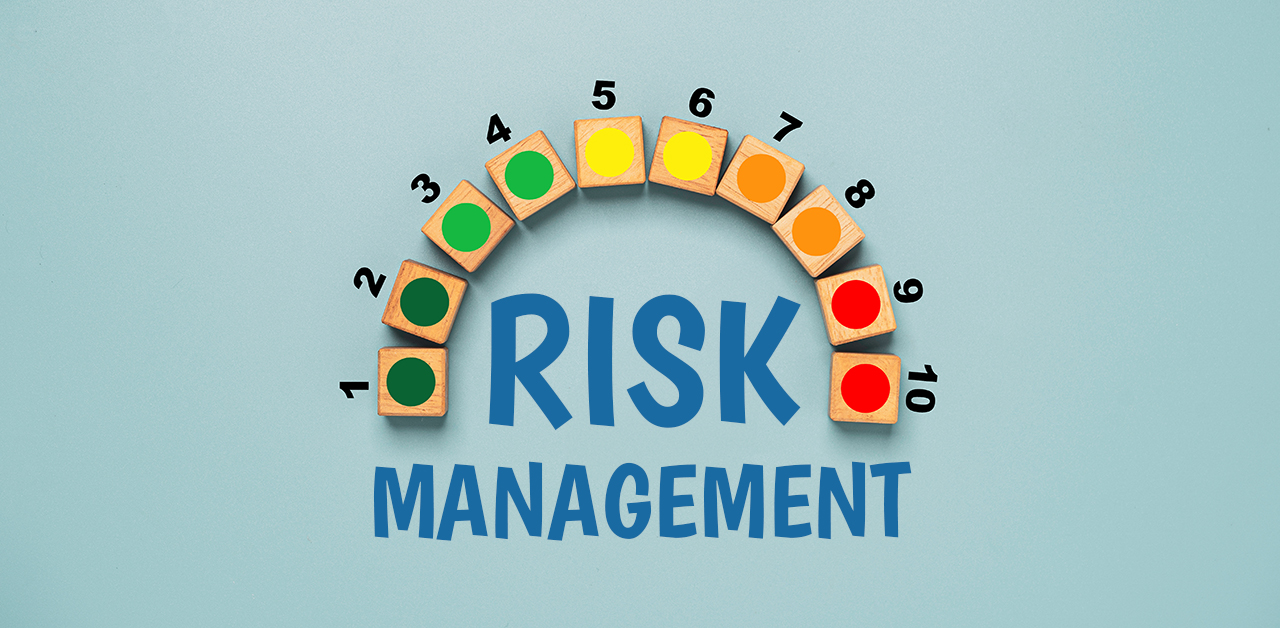One of our latest projects took us to a building on the East side of downtown Minneapolis that until just a few years ago, the general public knew little about. Often referred to as the “most wired building in Minnesota” the Minnesota Technology Center is located just off the University of Minnesota’s West Bank. The three-story building has almost 275,000 square feet of floor space. A building that is more commonly known as the 511 Building that has also been branded as Minnesota’s Premier Telecom Hotel, was where OceanTech recently completed a partial decommission for one of our regular Twin Cities clients who houses their data center in this state of art facility. As with most data centers, the 511 Building was just part of the East Minneapolis everyday landscape, as most data hubs prefer to be. But in 2012, when a local Twin Cities sports team indicated that they would like to demolish the building and relocate its tenants to make room for the team’s new stadium, the building’s owners as well as the Twin Cities technology community spoke up. It was disclosed that the building’s primary role and function was servicing as one of the largest sources of fiber optic data transmission and reception in the Midwest. Thus, the plan to relocate the building was scraped. Though there was never an official plan to tear the building down and relocate it, experts estimate the cost to relocate the 70+ data networks that call the building home, including those for telecom giants such as AT&T and Verizon, would exceed the cost of the new stadium that was going to go in across the street.The project that OceanTech took on in this colocation center involved our team working in a live environment where they were required to only remove specific servers and specific cabling along with racks, shelves and rails while the majority of the systems remained intact and fully operational. A variety of equipment was identified and removed including SAN units, VMAX system, Hitachi, NetAPP also DELL, PowerEdge and HP ProLiant Servers. The VMAX system was 7 rack cabinets that were all cabled together, so our techs needed to de-cable all of the SAN cables on site.Similar to other projects we have done in facilities that house multiple private and public high-end tenants, the 511 Building is highly secured facility requiring our team to be cleared through standard protocol allowing them access to the areas of the building they needed including the freight elevators, docks and specific floors of the building to complete the project properly and efficiently.The 511 Building is one of the Midwest’s premier data centers with redundant connectivity and climate-controlled environments so if the building ever loses electrical power, a back-up system immediately takes over and little to no disruption occurs. The data center facility also supports emerging cloud, financial, education and government platforms attracted to Minneapolis’s growing economy. The capacity of the 511 building is impressive to say to least but since the building owners prefer not to share specifics, the public isn’t fully aware of what the building is capable of handling. But in @StarTribune article from Sept. 2012 we can a small indication of the buildings capabilities, “In one corner of 511 Building data center run by Cologix, several racks of computer gear can handle 50 million megabits per second — about 5 million times faster than a home broadband connection. And that represents a tiny fraction of the building’s data-moving capacity.”Impressive to say the least…


